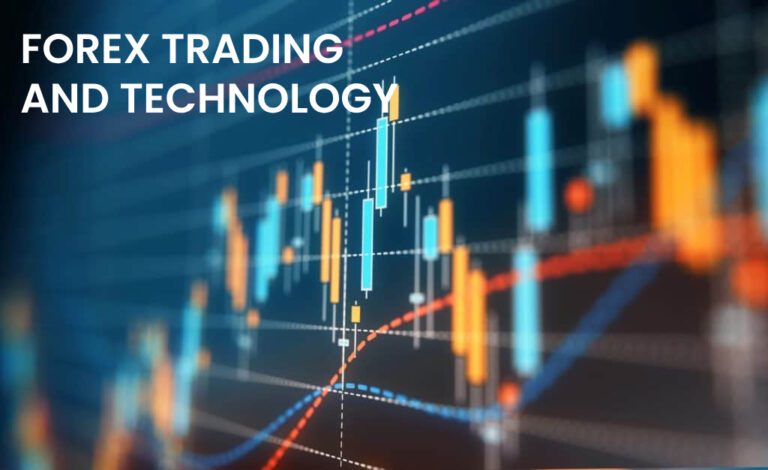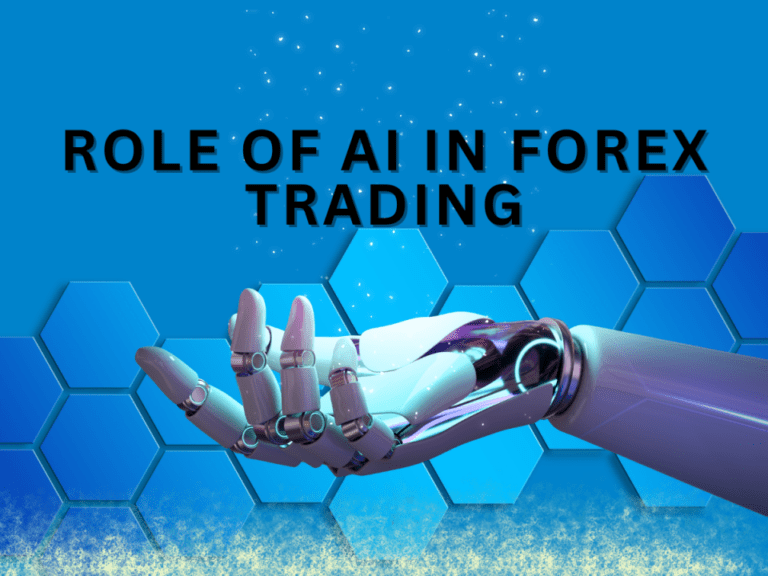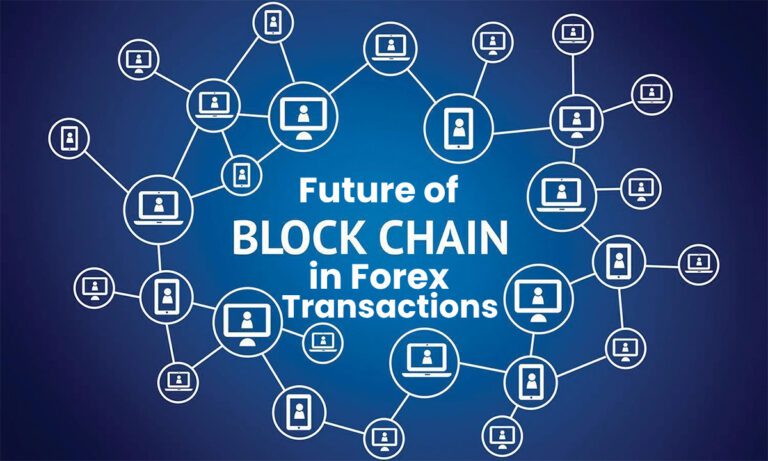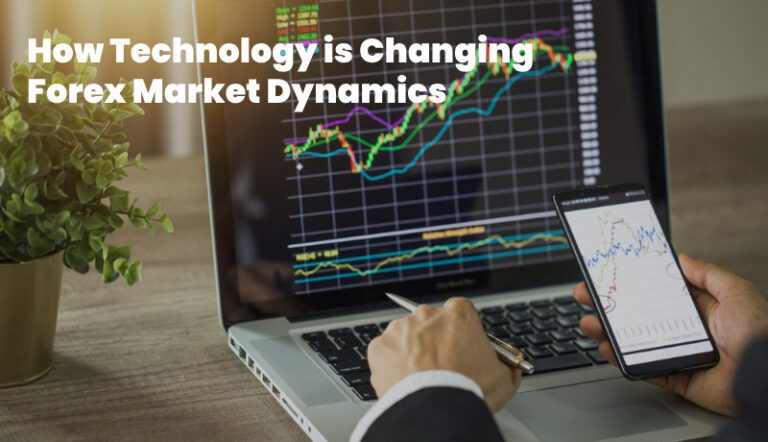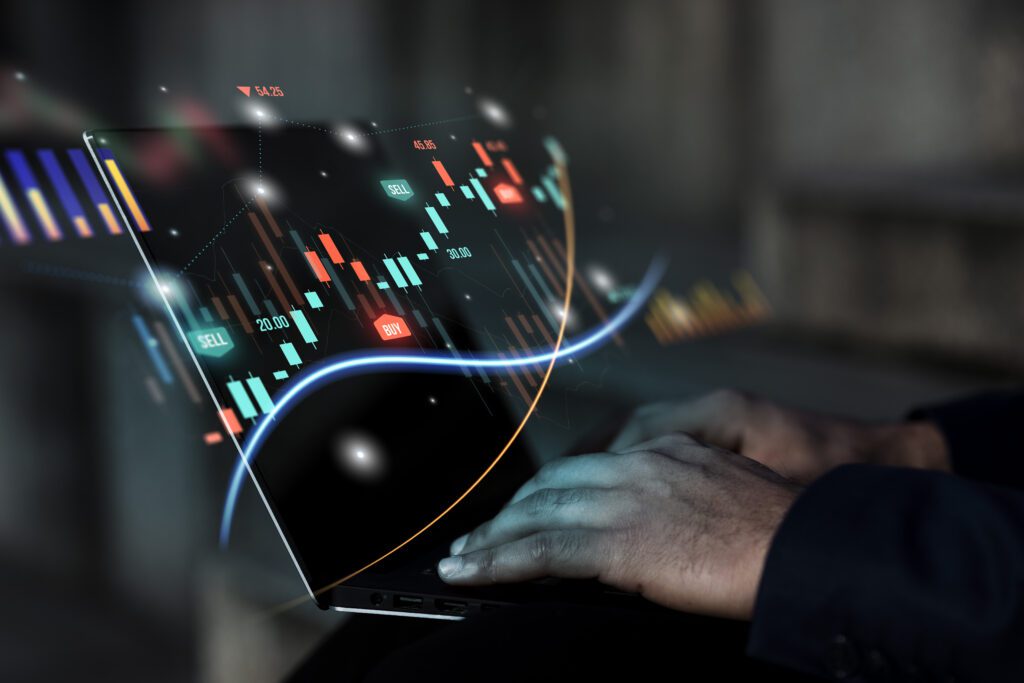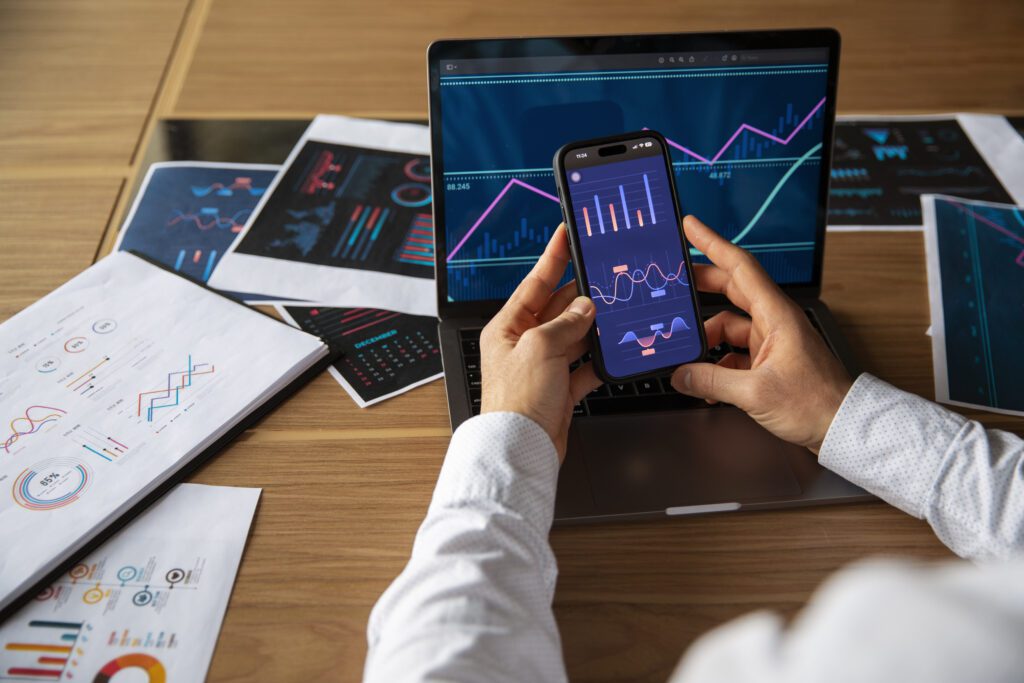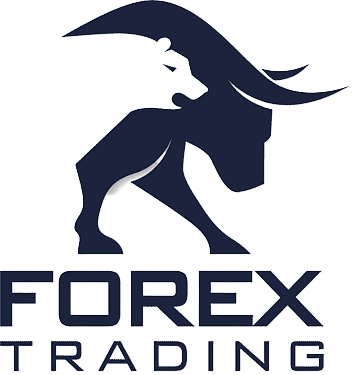- Forex trading, the act of buying and selling currencies, is one of the largest and most liquid financial markets in the world. With daily trading volumes exceeding $6 trillion, the forex market offers vast opportunities for traders and investors alike. As technology advances, the landscape of forex trading continues to evolve, providing new tools and strategies that enhance trading efficiency and accuracy. This blog explores the intersection of forex trading and technology, highlighting the role of artificial intelligence (AI) and machine learning, the utilization of big data for market predictions, the potential of blockchain in forex transactions, and how these technological advancements are reshaping market dynamics.
Forex Trading and Technology
- Technology has always been a key driver in the evolution of financial markets, and forex trading is no exception. The introduction of electronic trading platforms in the late 20th century marked a significant shift from traditional floor trading to a more accessible and efficient digital marketplace. Today, traders can execute transactions in real-time, access historical data, and use advanced charting tools from virtually anywhere in the world. This accessibility has democratized forex trading, enabling individual traders to participate alongside institutional investors.
The Role of AI and Machine Learning in Forex Trading
- Artificial intelligence (AI) and machine learning (ML) have emerged as game-changers in the forex market. These technologies analyze vast amounts of data at unprecedented speeds, identifying patterns and trends that human traders might overlook. AI algorithms can process historical price data, news articles, social media sentiment, and economic indicators to make informed predictions about currency movements.
- Machine learning models continuously improve their accuracy by learning from past trading outcomes. For instance, a neural network can be trained to predict currency pair fluctuations based on historical data and then refine its predictions as it processes more information. This ability to learn and adapt makes AI and ML invaluable tools for traders seeking a competitive edge in the forex market.
Utilizing Big Data for Market Predictions
- The advent of big data has revolutionized how traders analyze and interpret market information. Big data encompasses a vast array of structured and unstructured data sources, including financial reports, economic indicators, social media posts, and geopolitical events. By leveraging big data analytics, traders can gain deeper insights into market sentiment and identify emerging trends.
- For example, a sudden increase in social media chatter about a particular currency might indicate a potential market-moving event. By analyzing this data in real-time, traders can make more informed decisions and react swiftly to changing market conditions. Additionally, big data can help traders backtest their strategies, ensuring they are based on sound statistical evidence rather than intuition.
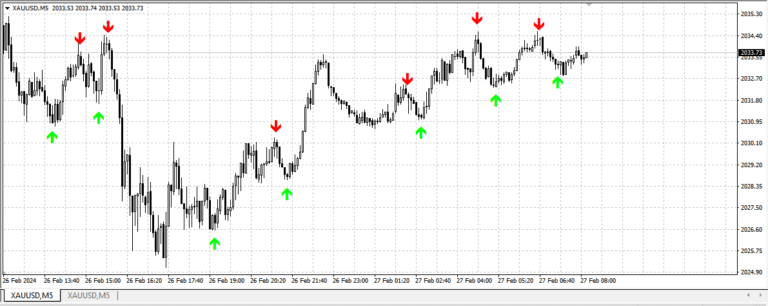
Future of Blockchain in Forex Transactions
- Blockchain technology holds immense potential for transforming the forex market by enhancing transparency, security, and efficiency. A blockchain is a decentralized ledger that records all transactions across a network of computers. This decentralized nature eliminates the need for intermediaries, reducing transaction costs and settlement times.
- In the context of forex trading, blockchain can provide a secure and transparent record of all trades, reducing the risk of fraud and manipulation. Smart contracts, self-executing contracts with the terms directly written into code, can automate various aspects of trading, such as trade execution and settlement, further increasing efficiency.
- Moreover, blockchain can facilitate cross-border transactions by enabling direct peer-to-peer currency exchanges, bypassing traditional banking channels and reducing the time and cost associated with currency conversions.
How Technology is Changing Forex Market Dynamics
- Technological advancements are fundamentally changing the dynamics of the forex market. Automated trading systems, also known as algorithmic trading, have become increasingly popular. These systems use pre-programmed rules and algorithms to execute trades at high speeds, minimizing human intervention and emotional biases.
- High-frequency trading (HFT), a subset of algorithmic trading, relies on powerful computers to execute a large number of trades in milliseconds. HFT can exploit minute price discrepancies across different markets, providing liquidity and narrowing bid-ask spreads.
- Furthermore, technology has facilitated the rise of social trading platforms, where traders can share their strategies and insights. These platforms enable novice traders to learn from experienced ones, fostering a collaborative trading environment.
Key Takeaways
- 1. Technology's Role : Technological advancements have revolutionized forex trading, making it more accessible and efficient.
- 2. AI and ML : AI and machine learning enhance trading strategies by analyzing vast amounts of data and identifying patterns.
- 3. Big Data : Big data analytics provide deeper market insights and enable data-driven decision-making.
- 4. Blockchain : Blockchain technology offers transparency, security, and efficiency, potentially transforming forex transactions.
- 5. Market Dynamics : Automation, high-frequency trading, and social trading platforms are reshaping forex market dynamics.

